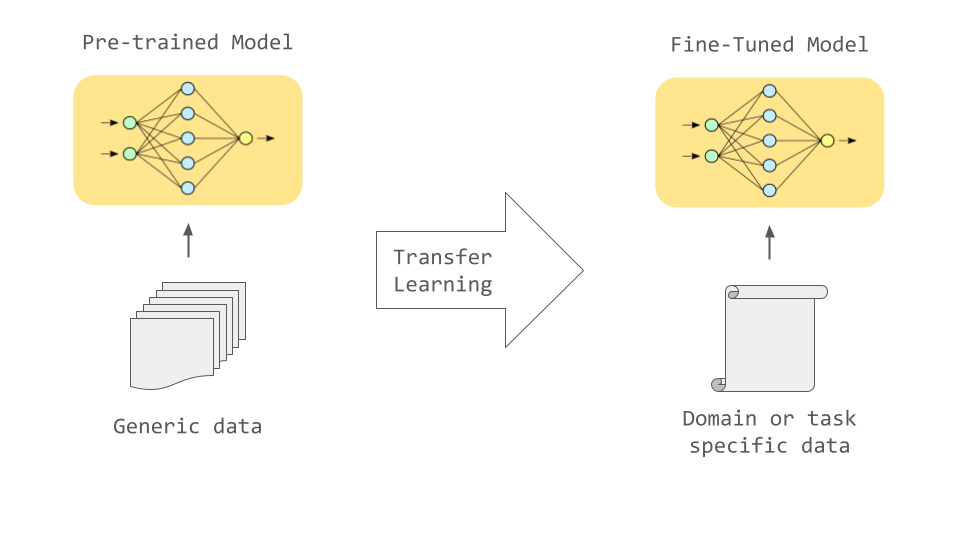Development Strategies
To address the current limitations, we propose the following development strategies:
Utilizing Specialized Language Models
In the future, we can consider using large language models such as llama-2.7b and llama-2.13b, which are trained on smaller datasets but still maintain high responsiveness. Fine-tuning these models with specialized e-commerce data will not only improve the accuracy and effectiveness of AI features but also reduce our dependence on third-party services, optimizing costs in the process.

Enhancing Image Generation Models
For image generation models, upgrading server configurations and fine-tuning the models to lower resource demands and optimize response times is essential. This will enhance both user experience and overall system performance.

Admin Website and System Optimization
A key future development is building the admin website to provide management, monitoring, and optimization tools for system operations. This will allow administrators to easily track and adjust features and services according to real-time needs.

Additionally, the system needs to be improved to enhance performance and user experience. Here are several strategies for better optimization:
- Optimize Source Code: Refactor and streamline code for efficiency.
- Data Compression and Caching: Use techniques to reduce load times and improve data retrieval speeds.
- Network Infrastructure: Upgrade to ensure faster and more reliable connectivity.
- Load Balancing: Implement to distribute traffic evenly and prevent overloads.
- Performance Monitoring: Establish systems to track and report performance metrics, enabling quick issue detection and resolution.
By applying these measures, the system will significantly enhance its competitiveness and better meet the evolving needs of the e-commerce sector.